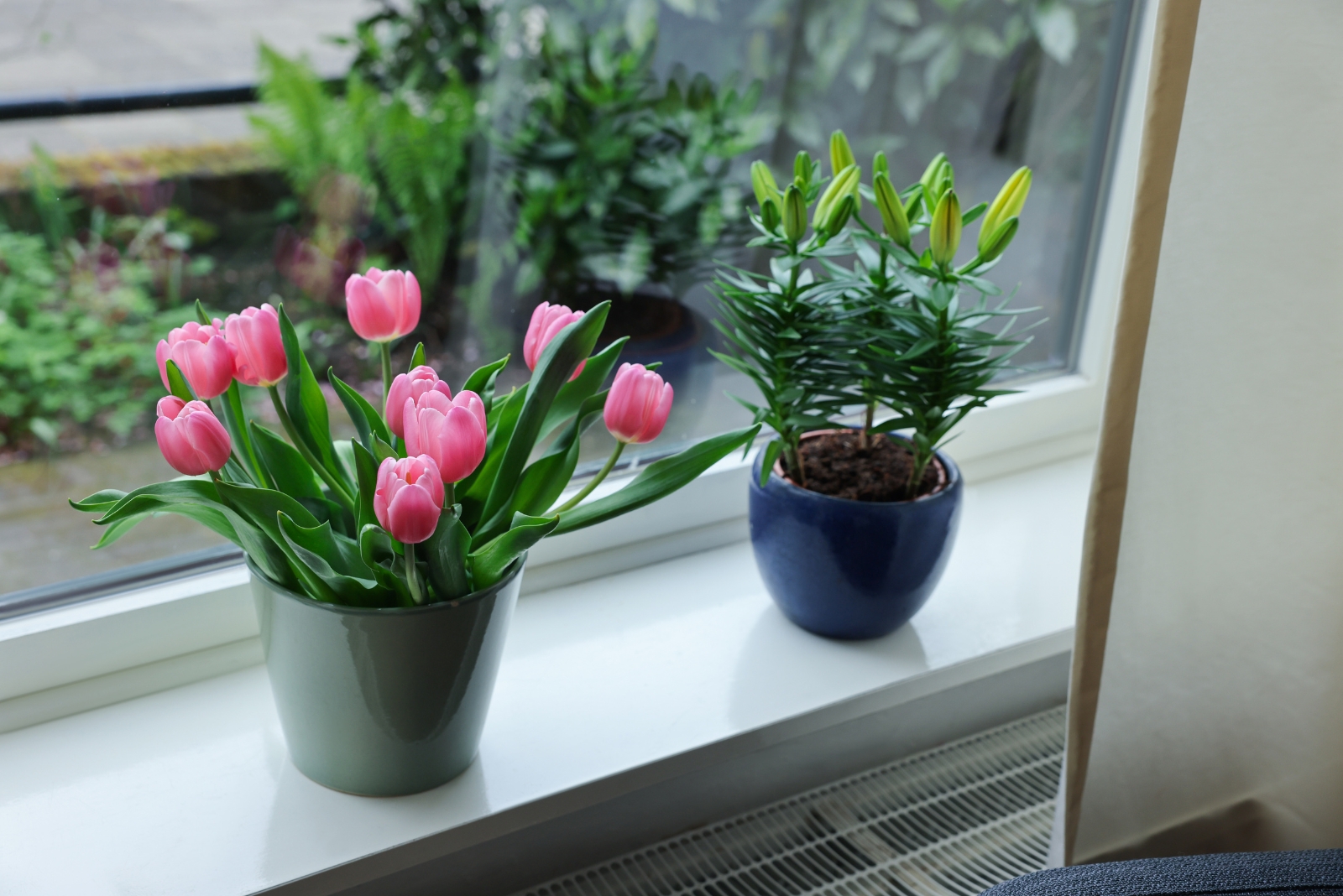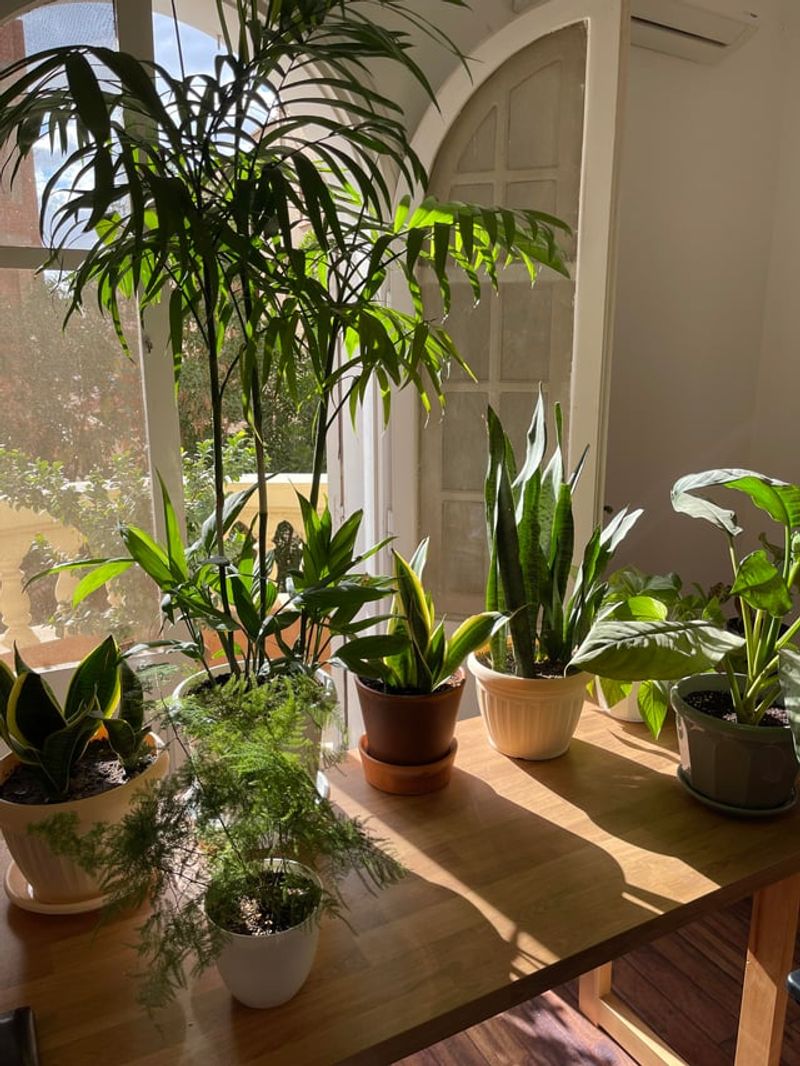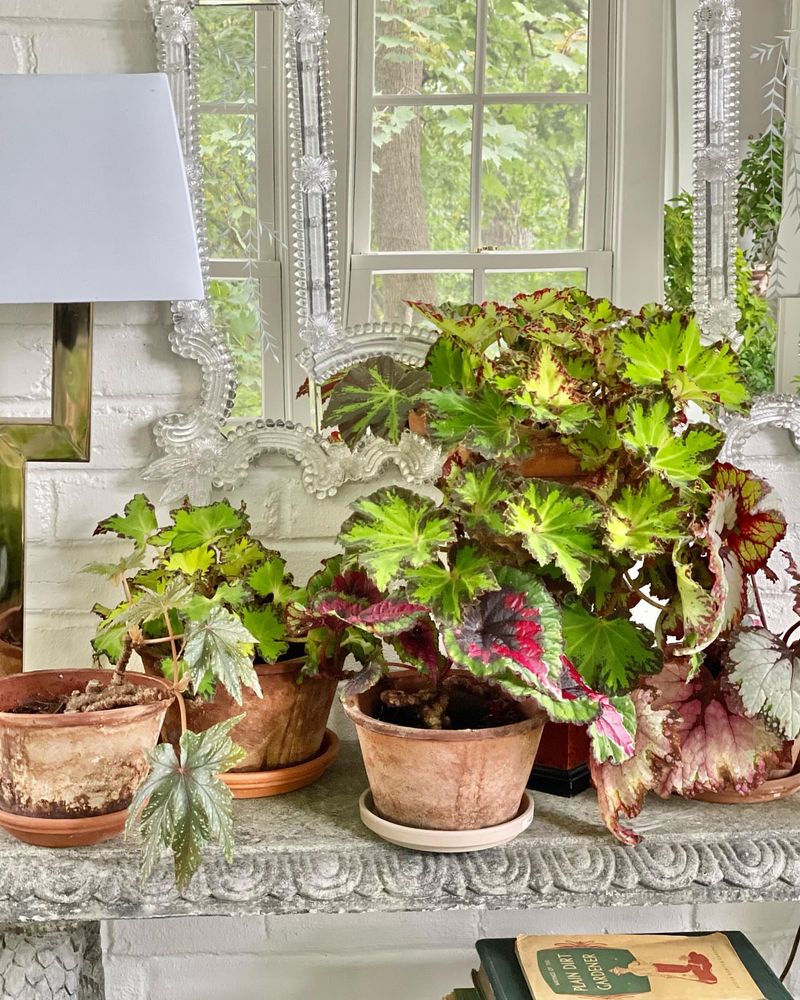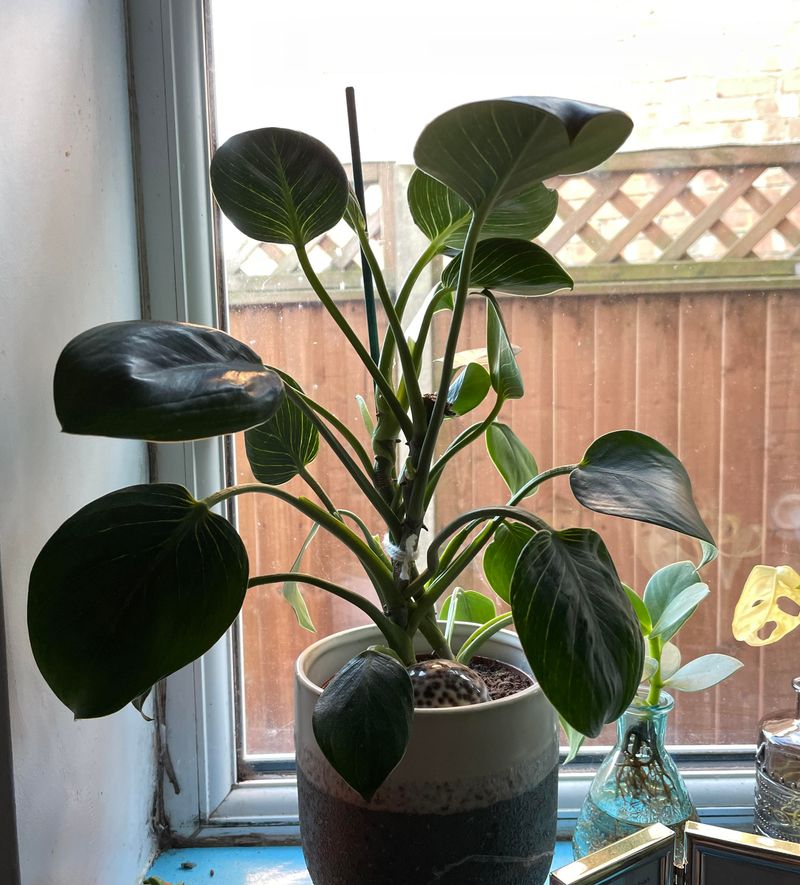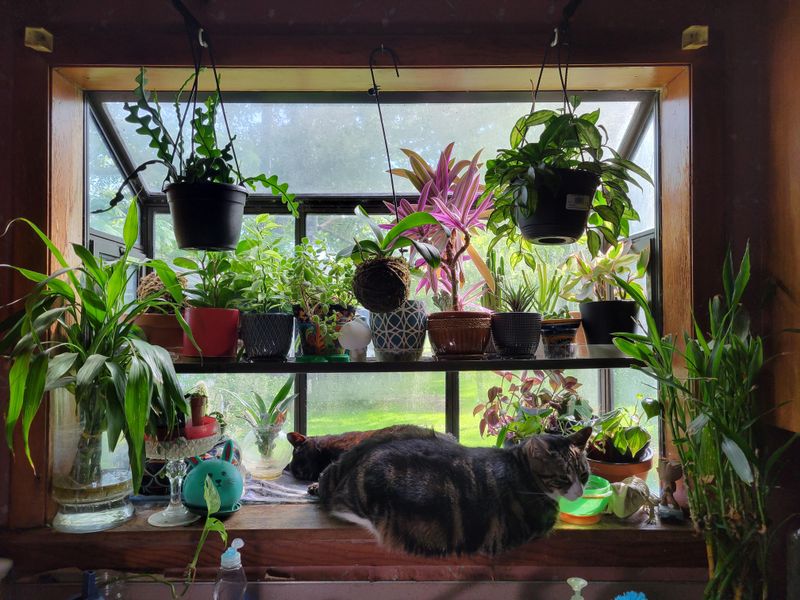Vermont gardeners have a simple winter trick, and it starts by giving indoor flowers a little extra light the moment morning hits. It sounds almost too easy, but the boost keeps blooms lively when daylight barely shows up.
I love how this tiny habit can make a plant look like it never noticed the dark stretch outside. Once you try it, you’ll see why it’s the quiet move so many gardeners rely on when the year’s shortest day arrives.
1. Morning Light Packs More Energy Than Afternoon Rays
Morning sunshine carries special qualities that afternoon light simply cannot match. Plants absorb energy better during early hours because the light spectrum is richer in blue wavelengths, which boost photosynthesis.
Vermont gardeners position their African violets and orchids near east-facing windows before breakfast. Afternoon sun tends to be weaker in winter and often comes with too much heat from radiators.
Starting the day with strong light helps plants manufacture food more efficiently throughout the remaining daylight hours.
2. Plants Need Consistent Light Schedules Like People Need Sleep Routines
Just like humans feel better with regular sleep patterns, plants thrive when they receive light at predictable times. Biological clocks inside every leaf and stem depend on consistent sunrise exposure to regulate growth hormones.
Many Vermont plant lovers set timers on their grow lights to mimic natural dawn. When the shortest day arrives, maintaining that morning light schedule becomes even more critical.
Skipping morning light confuses plants and can slow down blooming cycles significantly.
3. Cold Vermont Mornings Mean Windows Get Maximum Sun Exposure
Vermont winters bring freezing temperatures, but they also deliver crystal-clear skies during morning hours. Without humidity and haze, sunlight travels more directly through glass windows.
Gardeners in the Green Mountain State take advantage of these bright, cold mornings by clustering their begonias and geraniums near south and east windows. Even though it feels chilly, plants actually receive stronger light intensity.
Afternoon clouds often roll in, making morning the prime time for light collection.
4. Extra Morning Light Prevents Leggy Growth During Dark Months
When plants do not get enough light, they stretch toward any available source, creating weak, spindly stems that gardeners call leggy growth. Morning light stops this problem before it starts.
Vermont indoor gardeners watch their petunias and impatiens carefully during solstice week. Providing strong morning illumination keeps stems sturdy and compact.
Plants that stretch too much often topple over or produce fewer flowers, which nobody wants during the gloomy winter season ahead.
5. Morning Photosynthesis Boosts Plant Immunity All Day Long
Photosynthesis does more than just feed plants—it also strengthens their natural defenses against pests and diseases. Morning light jumpstarts this process, giving plants energy reserves for the entire day.
Vermont gardeners notice their indoor roses and hibiscus stay healthier when morning sun hits their leaves first thing. Strong photosynthesis produces compounds that fight off fungus and bugs.
During winter’s shortest days, every hour of quality light becomes precious medicine for houseplants.
6. Blooming Cycles Depend on Morning Light Triggers
Many flowering houseplants use morning light as a signal to start producing buds and blossoms. Without that early sunrise trigger, they might skip blooming entirely during winter months.
Vermont plant enthusiasts know their Christmas cacti and cyclamen need morning rays to set flower buds properly. Even though days are short, morning light quality matters more than total hours.
Missing morning exposure can delay blooms by weeks or cause plants to stay dormant until spring arrives.
7. Morning Light Warms Soil and Roots Without Overheating Leaves
Gentle morning sunshine warms potting soil gradually, which helps roots absorb water and nutrients more effectively. Unlike harsh afternoon sun, morning rays rarely overheat delicate leaves or cause sunburn spots.
Vermont gardeners appreciate this benefit when caring for their indoor gardenias and jasmine plants. Warm soil encourages root activity even when outdoor temperatures plunge below zero.
Afternoon sun combined with indoor heating can stress plants, but morning light provides warmth without the risk of damage.

